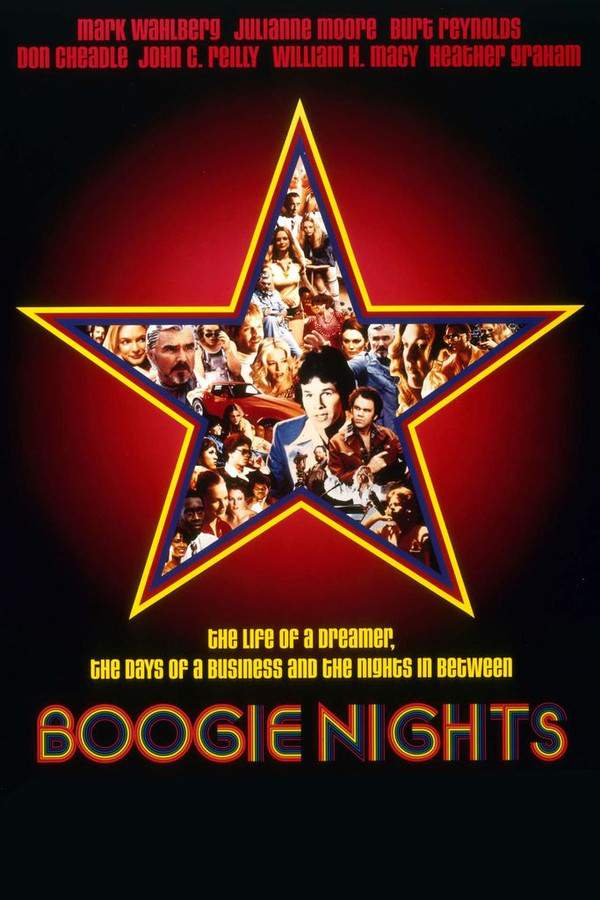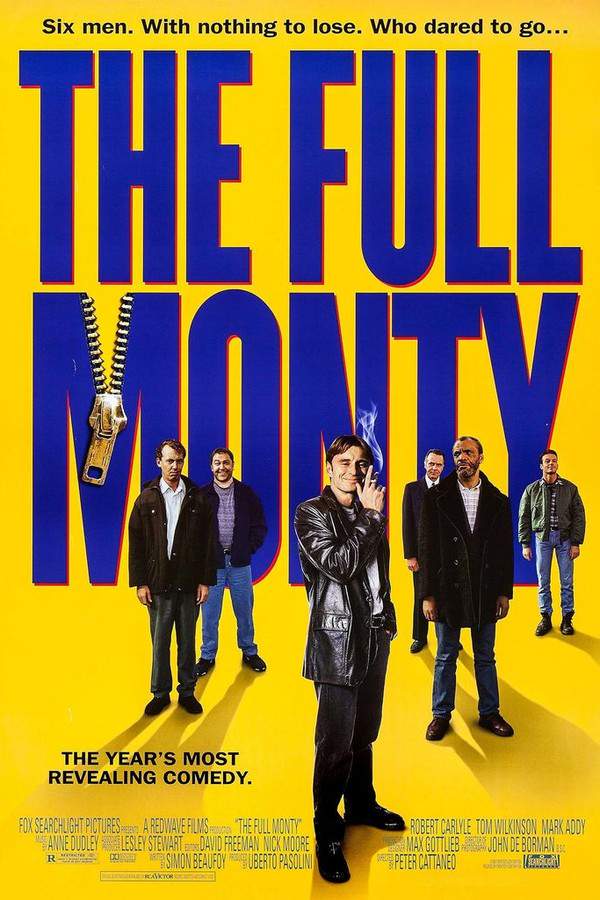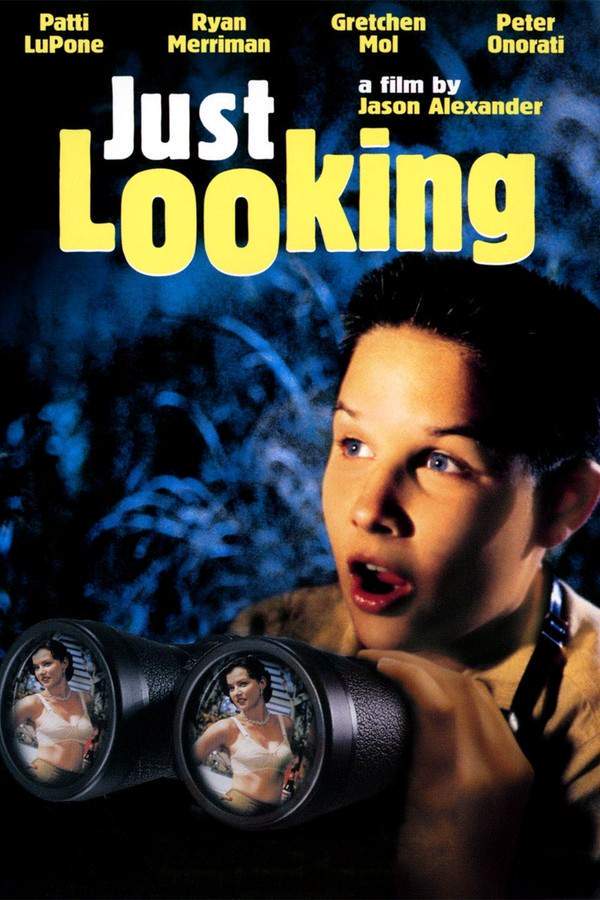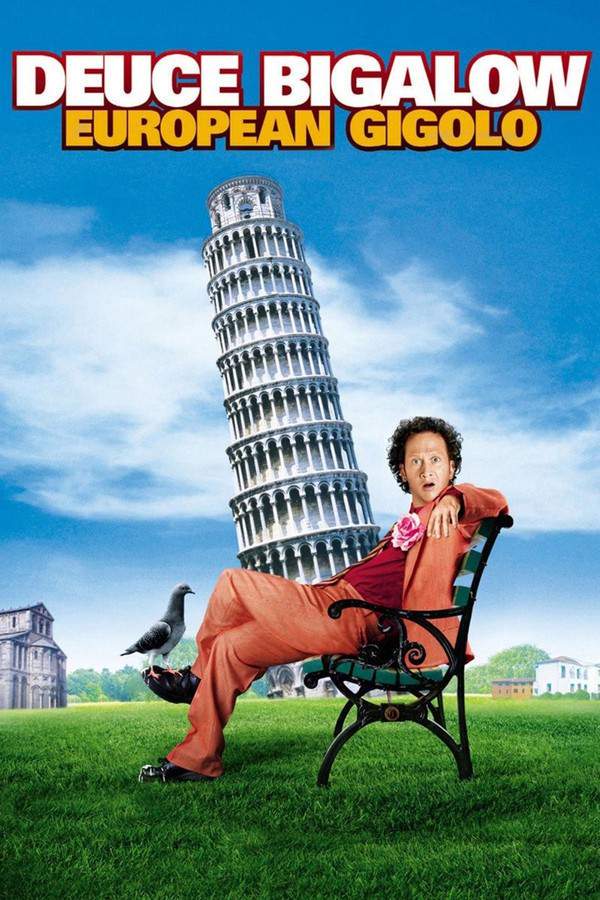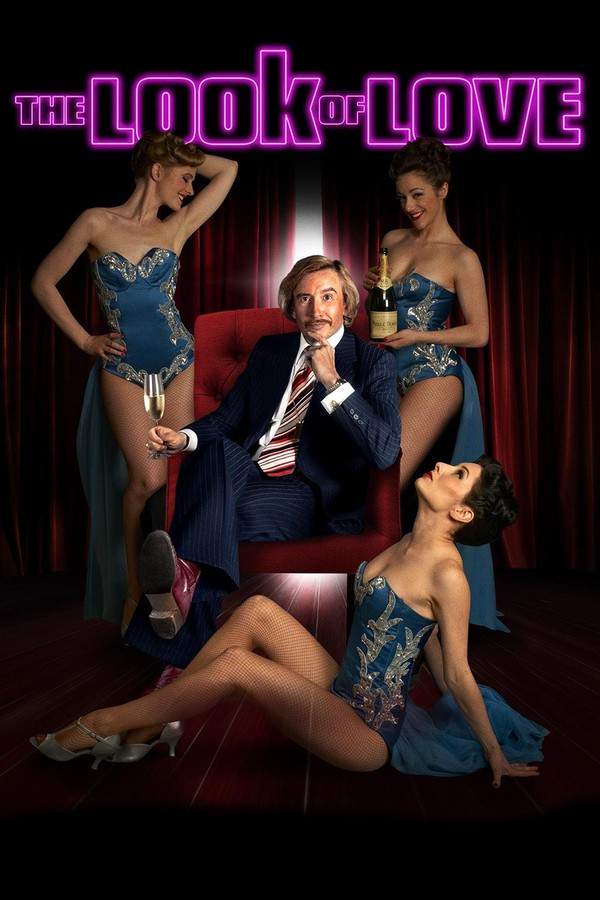
The Look of Love 2013
Directed by

Michael Winterbottom
Made by

IFC Films
Test your knowledge of The Look of Love with our quiz!
The Look of Love Plot Summary
Read the complete plot summary and ending explained for The Look of Love (2013). From turning points to emotional moments, uncover what really happened and why it matters.
As Paul Raymond settles into his London flat in 1992, he is shrouded in an overwhelming sense of sorrow, a lingering misty veil draped over his existence. The haunting memory of his daughter Debbie’s recent funeral weighs heavily on his mind. While revisiting a videotape of a television program they once filmed together, he is flooded with nostalgia, ultimately transporting him to a pivotal time that paved the way for his ascent to fame.
Through vivid flashbacks, we uncover Raymond’s modest beginnings as an impresario in the vibrant seaside variety show circuit of the late 1950s. With his remarkable knack for reinvention, he elevates his performances into sensational spectacles featuring semi-nude women. An incident involving a lion attacking dancers only seemed to invigorate his ambitions. When his wife, Jean, joined the show, Raymond’s popularity began its meteoric rise. A scandal ignited by the Daily Sketch claiming Jean performed nude led to an unsuccessful lawsuit, yet the attention served as a springboard for his career. Seizing the moment, he opened the infamous Raymond Revuebar in London, establishing the foundation of his property empire and a representation of his playboy lifestyle.
As the years progressed, Raymond boldly pushed the envelope further, transitioning into theatrical revues and nurturing the careers of aspiring actresses, including Amber St. George. Their passionate, yet tumultuous romance came at the expense of his marriage to Jean. During this tumultuous chapter, Raymond also attempted to reconnect with his grown son, Derry, whom he had fathered out of wedlock. However, an awkward dinner marked the end of their brief reunion before Raymond chose to sever ties.
His fascination with a young man named Tony Power inspired the launch of Men Only magazine. Power was drawn into a world filled with sleaze and corruption, ultimately meeting a tragic fate. The magazine’s success was, in part, due to St. George’s provocative portrayal as a “sex reporter” using the pseudonym Fiona Richmond. Throughout this chaotic lifestyle, Raymond indulged in hedonism, frequently turning to cocaine as a vice.
The arrival of Debbie into Raymond’s life heralded the dawn of a new chapter. He attempted to showcase her talent in his theatrical productions, though her lack of skill resulted in a show that was a dismal failure. Debbie would later marry musician Jonathan Hodge, prompting Jean to reappear during their wedding, even offering to pose nude for Raymond’s magazine. In a dire turn of events, during her delivery, Debbie tragically gave birth to a girl while under the influence of cocaine provided by her father. Her untimely death in 1992 due to a heroin overdose left a profound scar on Raymond.
After the solemn funeral, Raymond returns home with his granddaughter, sharing reflections about the properties that will eventually be hers. The burden of his legacy looms large, and he contemplates the complex life he has led. The story culminates in an epilogue revealing that by December 1992, Paul Raymond had become the richest man in Britain, an enduring testament to his immeasurable influence and lasting footprint in popular culture.
The Look of Love Timeline
Follow the complete movie timeline of The Look of Love (2013) with every major event in chronological order. Great for understanding complex plots and story progression.
Paul's Sad Beginning
In 1992, Paul Raymond settles into his London flat, haunted by the tragic memory of his daughter Debbie's funeral. The overwhelming sorrow drapes over him like a misty veil, marking a reflective moment in his life where he revisits the past to come to terms with his grief.
Nostalgic Journey
As Paul watches an old videotape of a television program he filmed with Debbie, he is transported back to pivotal moments of his youth. This journey into nostalgia ignites memories of his humble beginnings as a performer.
Rise as an Impresario
Paul embarks on his journey as an impresario in the late 1950s, working the seaside variety show circuit. His innovative approach leads him to create sensational performances featuring semi-nude women, drawing crowds and cementing his reputation.
The Lion Attack Incident
A lion attacking dancers during one of his performances surprisingly energizes Paul's ambitions rather than deterring them. This incident symbolizes the unpredictable and thrilling nature of his career in entertainment.
Jean's Entrance
With the arrival of his wife Jean into the show, Paul's popularity skyrockets. However, this newfound attention is not without controversy, as a scandal arises involving allegations of nudity, which ignites further interest in his work.
The Scandal and Lawsuit
The *Daily Sketch* ignites a scandal that leads Paul to initiate an unsuccessful lawsuit defending Jean’s honor. Despite the legal defeat, the publicity from the incident acts as a launching pad for his burgeoning career.
The Raymond Revuebar
Capitalizing on his newfound fame, Paul opens the notorious Raymond Revuebar in London. This venue becomes a cornerstone of his property empire and epitomizes his extravagant playboy lifestyle.
Amber St. George's Impact
Paul nurtures the careers of aspiring actresses, notably Amber St. George, with whom he engages in a passionate yet tumultuous romance. This relationship ultimately complicates his marriage to Jean, leading to further personal strife.
Reconnecting with Derry
Paul attempts to rebuild his relationship with his son Derry, whom he fathered out of wedlock. However, a strained dinner marks the end of their brief reconnection, as Paul ultimately decides to sever ties again.
Launch of Men Only Magazine
Inspired by a young man named Tony Power, Paul launches the magazine *Men Only*, which becomes a massive success despite the sleaze surrounding its operation. The magazine thrives partly due to Amber's provocative work as a 'sex reporter' under the pseudonym Fiona Richmond.
Debbie's Artistic Ambition
The arrival of his daughter Debbie into Paul's life signals a fresh opportunity for fatherly engagement through theatrical productions. Unfortunately, her lack of talent results in a disheartening and unsuccessful show.
Debbie's Marriage
Debbie marries musician Jonathan Hodge, which brings Jean back into the picture, unexpectedly offering to pose nude for Paul’s magazine during the wedding festivities. This intended reconciliatory gesture highlights the complex family dynamics at play.
Debbie’s Tragic Downfall
In a dire turn of events, Debbie gives birth to a girl while using cocaine supplied by Paul. Her untimely death in 1992 from a heroin overdose casts a long shadow over Paul's life, deeply impacting him and altering his legacy.
Funeral and Reflection
After Debbie's funeral, Paul reflects on his life as he returns home with his granddaughter. These moments are filled with contemplations about the properties that will one day be hers and the weight of his legacy.
Becoming Britain's Richest Man
By December 1992, Paul Raymond rises to fame as the richest man in Britain. This achievement stands as a testament to his influence and the tumultuous journey of his life filled with highs and lows.
The Look of Love Characters
Explore all characters from The Look of Love (2013). Get detailed profiles with their roles, arcs, and key relationships explained.
Paul Raymond
Paul Raymond is a complex figure marked by ambition, charm, and a profound sense of loss. His rise from humble beginnings to becoming the richest man in Britain is overshadowed by personal tragedies that haunt him, including the death of his daughter. With a penchant for hedonism, Raymond is emblematic of a lifestyle filled with excess, yet he ultimately seeks redemption through his legacy.
Jean
Jean, Paul’s wife, embodies the struggles of balancing personal aspirations with societal expectations. She is pivotal in his ascent, yet their relationship becomes strained against the backdrop of fame and scandal. Her character reflects the challenges faced by women during a time of rapid social change, caught in the web of public perception and private heartbreak.
Debbie
Debbie, Paul's daughter, represents the collateral damage of a hedonistic lifestyle. Despite her desire to succeed in theater, she suffers greatly from her father's overshadowing influence and tragic choices, ultimately leading to her untimely demise. Her struggles with addiction highlight the darker consequences of fame and parental expectations.
Amber St. George
Amber St. George is a key figure in Paul Raymond's life, both as a romantic interest and a performer. Her provocative career underscores the themes of sexuality and empowerment, yet she also navigates the complexities of being in a tumultuous relationship fraught with ambition and heartbreak.
The Look of Love Settings
Learn where and when The Look of Love (2013) takes place. Explore the film’s settings, era, and how they shape the narrative.
Time period
Late 1950s, 1992
The film traverses two significant time periods: the late 1950s, characterized by a blossoming entertainment culture and emerging hedonism, and 1992, marked by loss and reflection. This era not only witnessed the rise of alternative media and sexuality in popular culture but also the sobering impact of addiction and family tragedy.
Location
London, seaside variety show circuit
London serves as a backdrop for Paul Raymond's rise to fame, particularly noted for its vibrant nightlife and entertainment scene. The seaside variety show circuit of the late 1950s represents a colorful and dynamic world where performers like Raymond worked to captivate audiences with sensational spectacles.
The Look of Love Themes
Discover the main themes in The Look of Love (2013). Analyze the deeper meanings, emotional layers, and social commentary behind the film.
💔
Loss
The theme of loss is central to Paul Raymond's journey, highlighting the sorrow from the death of his daughter Debbie. This tragedy shapes his character, prompting reflections on his life choices and the legacy he will leave behind.
💃
Sexuality
Sexuality plays a pivotal role in Raymond's life as he navigates the world of adult entertainment with both ambition and chaos. His ventures foster a culture of liberated expression, yet they also lead to personal turmoil and complicated relationships.
🎭
Identity
Identity is explored through Paul Raymond's reinventions as a performer and a businessman. His ability to adapt and shape his public persona reflects broader themes of fame and the price one pays for success in a competitive industry.

Coming soon on iOS and Android
The Plot Explained Mobile App
From blockbusters to hidden gems — dive into movie stories anytime, anywhere. Save your favorites, discover plots faster, and never miss a twist again.
Sign up to be the first to know when we launch. Your email stays private — always.
The Look of Love Spoiler-Free Summary
Discover the spoiler-free summary of The Look of Love (2013). Get a concise overview without any spoilers.
In the glittering yet gritty world of post‑war Britain, a charismatic impresario rises from modest seaside stages to the heart‑pounding pulse of swinging London. Paul Raymond is a man whose swagger and vision turn modest variety acts into daring spectacles, where glamour and provocation mingle in equal measure. The film immerses the viewer in the smoky allure of night‑clubs, the glossy sheen of early adult magazines, and the restless energy of a nation eager for new boundaries, setting a tone that is both seductive and introspective.
Against this backdrop, Paul juggles the demands of an ever‑expanding empire with the complexities of his personal life. His partnership with his wife, Jean, offers both a grounding presence and a mirror to his own ambitions, while the arrival of his daughter, Debbie, hints at a softer side that struggles to coexist with his public persona. Their interactions are charged with a mix of affection, tension, and unspoken expectations, painting a portrait of a family navigating the shadows of fame and fortune.
The narrative balances the sparkle of high‑stakes entrepreneurship with moments of quiet reflection, hinting at the price of relentless ambition without spelling out its outcomes. As the cultural landscape shifts from the carefree optimism of the 1960s to the more decadent tones of the 1980s, Paul remains a compelling figure whose wit, charm, and unflinching desire to redefine entertainment keep the audience hooked. The film’s tone sways between reverent homage and sharp observation, inviting viewers to explore how one man’s relentless drive reshaped an industry while leaving behind an indelible, if enigmatic, legacy.
Can’t find your movie? Request a summary here.
Movies with Similar Twists and Themes
Uncover films that echo the narrative beats, emotional arcs, or dramatic twists of the one you're exploring. These recommendations are handpicked based on story depth, thematic resonance, and spoiler-worthy moments — perfect for fans who crave more of the same intrigue.
Featured on this page

What's After the Movie?
Not sure whether to stay after the credits? Find out!
Explore Our Movie Platform
New Movie Releases (2025)
Famous Movie Actors
Top Film Production Studios
Movie Plot Summaries & Endings
Major Movie Awards & Winners
Best Concert Films & Music Documentaries
Movie Collections and Curated Lists
© 2025 What's After the Movie. All rights reserved.


